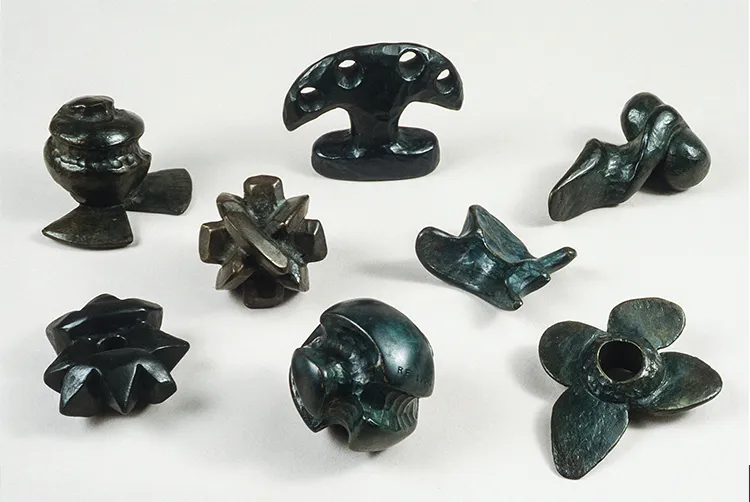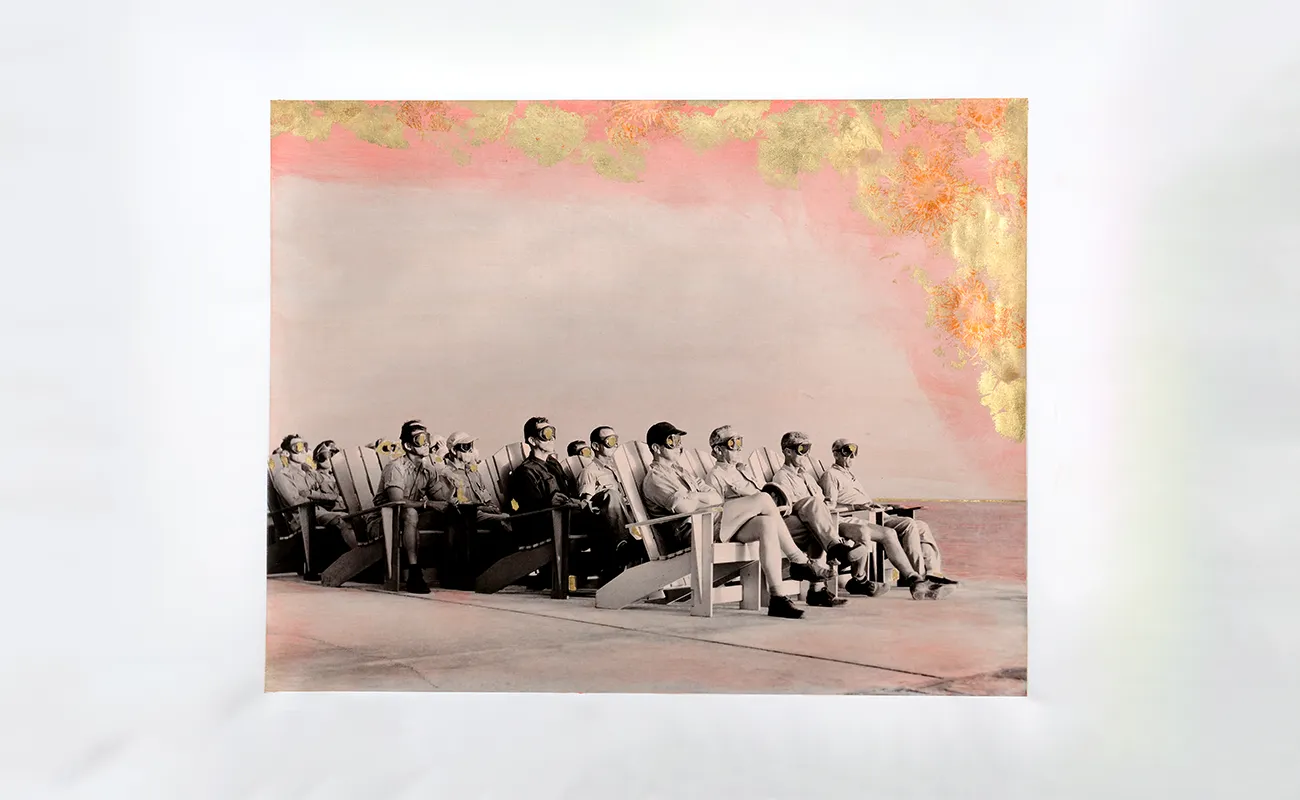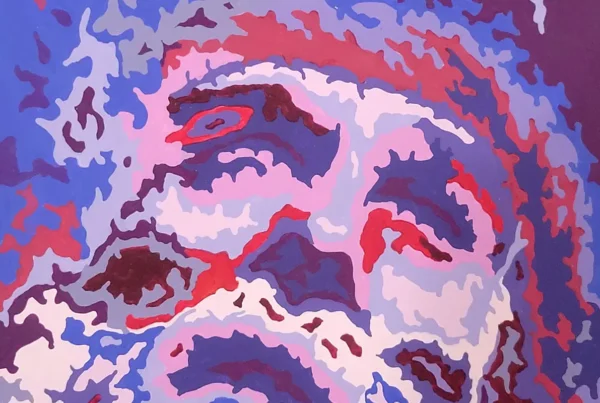“My style is as eclectic as I am. I work largely in two and three dimensions, but sometimes slip into the fourth dimension with sound.”
From Cleveland to Medicine: An Unconventional Journey to Art
Robert Falcone‘s story begins with a migration that shaped his early life and set the stage for the unconventional path he would take. Born to a Slovenian mother and Italian father in Italy, Falcone moved to the United States as a young child with his mother, Sophie Kosir. They settled in Cleveland, Ohio, where his Slovenian heritage and extended family created the backdrop of his childhood. While growing up in the inner city, Falcone found himself caught between two languages, neither of which was English, and struggled through school with undiagnosed myopia and dyslexia. These challenges contributed to a perception that he was an underachiever, culminating in an IQ test result that placed him below average.
Despite these obstacles, art and music became his refuge. His vocational education during these formative years introduced him to these creative fields, and while finances were tight, his mother ensured he received a Catholic education. This nurturing foundation laid the groundwork for his creative pursuits, even as his early schooling suggested a different trajectory. However, it wasn’t until his high school guidance counselor noticed his hidden potential that Falcone considered higher education. Faced with the economic realities of pursuing a career in the arts, Falcone chose a more stable path in medicine, leaving his artistic ambitions behind—temporarily.
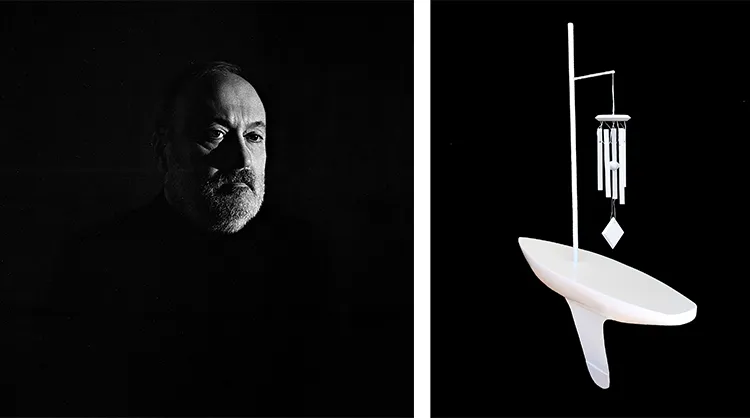
Robert Falcone: The Reawakening of Artistic Passion
While Falcone’s medical career flourished, it would be art and music that ultimately pulled him back to his original passions. As a renowned Trauma and Critical Care Surgeon, educator, and researcher, Falcone balanced a demanding professional life with a creative one. After decades of medical practice, he resumed his artistic journey in the mid-1980s. With an eclectic mix of influences, including Pop Art, Dadaism, and Surrealism, Falcone began creating art that fused elements of the absurd with existential reflections. His admiration for Salvador Dali, Andy Warhol, and Kazimir Malevich is evident in the visual complexity of his works, which often explore themes of life, death, and what lies beyond.
In his visual and musical creations, Falcone expresses a deep, personal confrontation with existential tension. His works are meant to captivate the senses at first glance, but their underlying layers explore more profound narratives, often rooted in personal and professional tragedy. For Falcone, these darker themes are inescapable, as his career in trauma care has brought him face-to-face with life’s fragility. His artistic creations reflect this confrontation with mortality, presenting beauty alongside menace, and often grappling with the finality of death.
A notable example of this existential exploration is his two-dimensional work, “Waiting for the End.” This piece features military personnel awaiting an atomic test at the Bikini Atoll, rendered through an archival photograph embellished with metal leaf. The naivety of the subjects contrasts with the destructive force about to be unleashed, capturing the tension between innocence and imminent devastation. It is this blend of beauty and danger, of the surface and the depths, that defines Falcone’s artistry.

The Fusion of Dimensions: Crafting in 2D, 3D, and Beyond
Falcone’s creative output spans more than just visual art, expanding into three-dimensional and sound-based works that blur the lines between traditional artistic boundaries. In his hands, everyday materials and symbols take on new meanings, often invoking ancient imagery or futuristic scenarios. His bronze sculptures, for instance, with their rich patinas, evoke the sense of forgotten, ancient tools—objects that once had violent purposes but now rest in serene, tactile beauty. These handheld objects are as much about their texture and feel as they are about the stories they suggest, giving the viewer a glimpse into a fictionalized past filled with mystery and tension.
Sound plays a central role in Falcone’s more immersive installations. His “Crossing” project is one of the clearest examples of his multi-sensory approach to art. This piece transforms an empty, white echoic space into a contemplative experience of loss and memory. With only an oversized photograph of a Montana roadside cross—marking the site of a vehicular death—viewers are invited to sit in silence until a men’s choir, hidden among them, begins a haunting wordless choral performance. The act of the choir emerging and then dissipating without a trace mirrors the transient nature of life itself, leaving nothing but the subtle imprints of their presence on the risers. The performance, ephemeral and somber, becomes a metaphor for the impermanence of human existence.
Falcone’s foray into the fourth dimension of sound continues to evolve. His upcoming work, scheduled for display at the Beeler Gallery at the Columbus College of Art and Design, juxtaposes the spiritual and the physical. By blending the melodic clinking of coins dropped into Buddhist beggar bowls with the imagery of boats—symbols of passage in many cultures—Falcone asks profound questions about the journey of the soul after death. Toy boats, their sails replaced with wind chimes, form part of this auditory and visual meditation on life’s final transition. It is yet another example of Falcone’s ability to weave together sound, sight, and symbolism to challenge and engage his audience on multiple sensory levels.
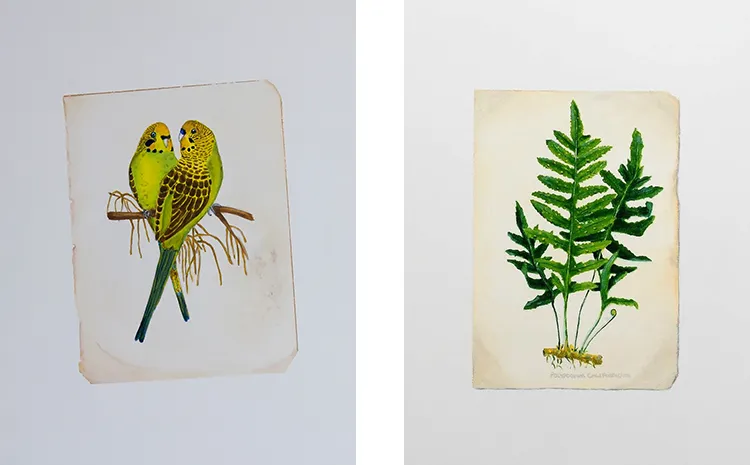
Robert Falcone: The Art of Existential Reflections
Falcone’s unique ability to layer meaning into his artwork, creating experiences that are both visually striking and emotionally resonant, continues to captivate audiences. “Cane in un Mondo Post Apocalittico,” stands as a prime example of this. The series, composed of twelve manipulated photographs on canvas, features a lone dog wandering through a post-apocalyptic world. Through a combination of traditional photography, painting, and embellishment with metal leaf, Falcone creates a sense of isolation and survival. The dog, a symbol of loyalty and companionship, becomes a stand-in for humanity, searching for meaning in a desolate, ruined landscape.
Notably, “Cane Apocalittico” was shown during the 2024 Venice Biennale, adding significant prestige to Falcone’s body of work. This exhibition, held on Saint Mark’s Square, speaks to Falcone’s fascination with destruction and survival, a theme that permeates much of his work. The cosmic cataclysm depicted in the series resonates with contemporary anxieties about global disasters, while also maintaining an intimate, personal focus on the singularity of the individual experience. This balance between the universal and the personal is what makes Falcone’s art so compelling—it addresses grand existential questions while maintaining a deeply human touch.
Despite his accomplished career in medicine, Robert Falcone’s life is defined by the harmonious coexistence of his passions. His artistic process, though informed by the realities of death and tragedy, is driven by a need for peace and order. His studio remains a quiet sanctuary, free from distractions, where he works daily, adhering to the discipline that both medicine and art demand. Through his diverse body of work, from two-dimensional canvases to immersive installations, Falcone invites his audience to confront the unknown with him, to ponder the mysteries of existence, and to find beauty in the fleeting moments of life.
